Welcome to “The Mobile City,” our weekly roundup of noteworthy transportation developments.
“There’s no such thing as a free lunch” — or a free anything else, for that matter, save breathing the air.
In our collective wisdom, we consider some things the province of private businesses, which encourage customers to use their products or services in exchange for money that enables them to pay for providing them. Others we consider public services that everyone should have access to, and while we may pay some money to use them, we don’t expect them to make a profit.
Historically, mass transit in America had been one of those services that fell into the first category, while roads fell into the second along with mail delivery. We still don’t expect roads to turn a profit, but we still regard transit as more business than public service, and we have come to think the same way about the mail. Transportation consultant Jarrett Walker says we’re thinking about both in the wrong way: What matters in each of those cases is less how many people use it and more how available it is to everyone and what we expect it to do. That, he says, means we also have to rethink how we pay for it and how we expect it to be run.
If one of those expectations is to reduce the number of cars whizzing to and fro, one way to advance that goal is to stop charging for transit at the point of use. This has led to growing interest in making transit fare-free. So far, the biggest city to propose this has been Kansas City, which announced it would aim for that goal last year. Now, the nation’s second-largest transit system is contemplating the same thing.
For now, however, we still expect most transit agencies to get a good chunk of the money they need from the riders, and thanks to COVID-19, they still haven’t come back to the buses and trains in the numbers that obtained before the pandemic. And they’re not likely to for some time to come. Yet the mass transit agencies are operating service at or close to pre-pandemic levels so it will be available when riders need it. And even with COVID relief, this is producing oceans of red on transit agency balance sheets. This has led several agencies to warn of coming disaster if more relief funding does not materialize or if states don’t provide more reliable funding. In a rare show of unity, the head of the largest of those agencies and the head of the union representing most of its workers issued a joint call to Congressional Republicans to get off the dime on providing more COVID relief for transit.
Transit Planner Says Mass Transit is Like the Postal Service
Noted transit planner Jarrett Walker, writing in Bloomberg CityLab, says that the way we think about transit and about paying for it needs to change. Noting that most transit bond issues and taxes pass handily even though the people voting for them probably won’t use the facilities once they open, he argues that most Americans have the same high opinion of public transit that they have of the U.S. Postal Service.
And both transit and the Postal Service operate under a handicap: We expect them to cover their expenses as far as possible out of revenues they generate directly, but in order to provide the universal availability we also expect from both, they must provide service they will lose money providing.
This, he argues, means we need to think about both in different ways than we think about them now. For starters, we should stop thinking of them in terms of “efficiency” in the business sense of serving the most users at the least cost. Instead, we should measure “efficiency” in terms of availability: How well does it provide service to everyone who might use it?
In the past, we subsidized both electric and telephone service to remote areas (and charged paying customers a little more) in order to provide universal service. Walker does not call for a specific method of paying for universal transit service, but he does say we need to get clear about what we expect from that service. “In my work as a transit planning consultant,” he writes, “I ask decision-makers this question: ‘I know that you want both high ridership and service that goes everywhere, but your budget is fixed, so how much do you want to spend on ridership as opposed to universal availability?’ Then, we can design a network that matches that balance of goals, and we can show clearly which services are designed for ridership, and which are for availability regardless of ridership. (Some services are a mix of the two, but we can quantify that too.)”
Los Angeles Considers Making Transit Free…
One way of boosting transit usage is to make it free to ride. Some cities already offer free transit on selected lines or in designated areas, and where such service proved popular — as with Kansas City’s downtown streetcar — civic leaders have moved to make all transit free.
Still, it’s one thing to offer free transit to about 480,000 potential riders, and quite another to provide it to ten million of them.
We may soon find out how well that works, though. According to a report on LAist, Philip Washington, CEO of the Los Angeles County Metropolitan Transportation Authority (LA Metro), yesterday launched a study to look into what he has dubbed the “Fareless System Initiative” (FSI). His goal, he told the LA Metro board of directors, is to make mass transit in the nation’s most populous county totally free by the start of next year.
In explaining why, Washigton used precisely the logic Walker advocates. Here’s what he told the board:
“In many cases, people are having to choose between paying rent, paying utilities or utilizing transit. We believe that achieving [a] fare-free public transit system — for young people, for seniors, for working moms and dads, for essential workers, the disabled [and] students — will change the trajectory of millions of people and their families here in the largest county in America.”
In his presentation, he also noted the disproportionate impact COVID-19 has had on communities of color and low-income communities. And, of course, he also promoted fare-free transit as both an economic development tool and a way to more effectively reduce the county’s notorious traffic congestion.
Of course, the question of how to pay for this remains, but the article notes that passenger fares account for only four percent of the agency’s originally projected revenues for fiscal year 2020. Nearly half was projected to come from four sales tax measures approved by Los Angeles County voters. (Fares cover 17 percent of the agency’s operating and maintenance expenses; much of the revenue from the sales taxes goes towards transit construction projects.)
Metro Board Chair and Los Angeles Mayor Eric Garcetti was one of several board members who spoke approvingly of the move. Saying “the time is now,” Garcetti called the move “a brave way forward” towards fighting climate change and restoring ridership.
…While New York Sounds the Alarm for More Funding
Meanwhile, on the other side of the country, transit agencies say they are staring at the edge of a fiscal cliff. And if funding doesn’t come through to plug yawning budget holes, they may not be able to provide much in the way of service at all.
In a New York Times op-ed that was republished in Railway Age, Patrick J. Foye, chairman of the Metropolitan Transportation Authority of the State of New York (New York MTA), and John Samuelson, president of the Transport Workers Union International, jointly argue that without adequate transit funding, New York City won’t recover completely, and if New York doesn’t recover, the nation won’t either.
The problem in a nutshell: Sharp travel reductions across the board have led to dramatic reductions in fare and toll revenue, and state subsidies have also fallen. The COVID pandemic, they say, has led to a sharp reversal of fortune for the nation’s largest transit system: from a projected $81 million operating surplus for fiscal 2020 to $200 million in revenue losses each week. The New York MTA projects a $16 billion deficit through fiscal 2024 now and plans service cuts of 40 percent on subways and buses and 50 percent on regional rail.
The two leaders say it’s up to Congress, and specifically its Republican Senate contingent, to break the logjam that is holding up additional pandemic assistance that would help fill the gap.
“As chief executive of North America’s largest transportation system, and as president of the country’s biggest transit workers’ union, we have had our fair share of disputes,” they write. ”But we agree on this: The Metropolitan Transportation Authority is facing a five-alarm-fire — and the Republican majority in the U.S. Senate seems content to sit back and do nothing while it burns.”
The letter notes that New York is not alone in staring down this hole and that even with the assistance, the MTA will still have to make some difficult choices. But with the New York State part of the New York metropolitan area accounting for 8 percent of national GDP all by itself, the pair say that pulling the MTA back from the brink warrants national attention.
(And it should be noted here that among the other cities facing difficult choices is Los Angeles. Bloomberg CityLab’s report on the move to eliminate fares in LA also notes that LA Metro faces a $1.8 billion deficit by mid-2021 and proposes service cuts of 17 percent for the following fiscal year.)
Know of a project that should be featured in this column? Sent a Tweet with links to @MarketStEl using the hashtag #newstarts.

Next City contributor Sandy Smith is the home and real estate editor at Philadelphia magazine. Over the years, his work has appeared in Hidden City Philadelphia, the Philadelphia Inquirer and other local and regional publications. His interest in cities stretches back to his youth in Kansas City, and his career in journalism and media relations extends back that far as well.
Follow Sandy .(JavaScript must be enabled to view this email address)

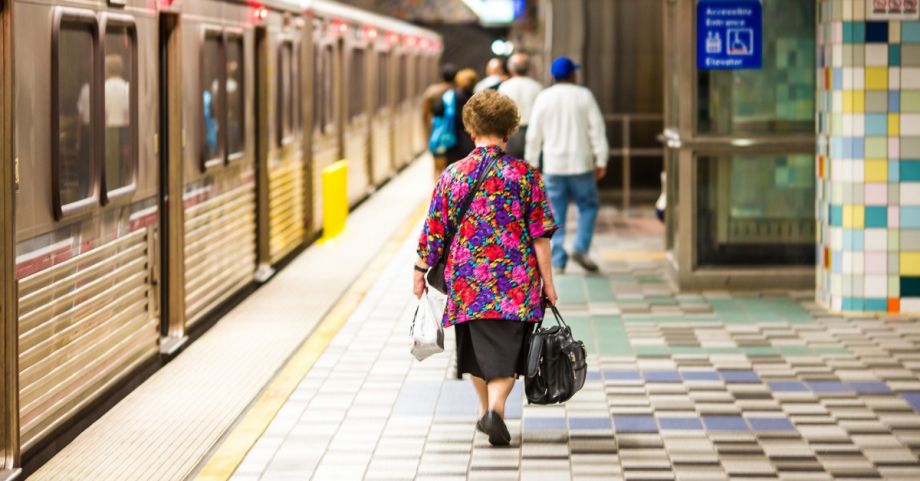
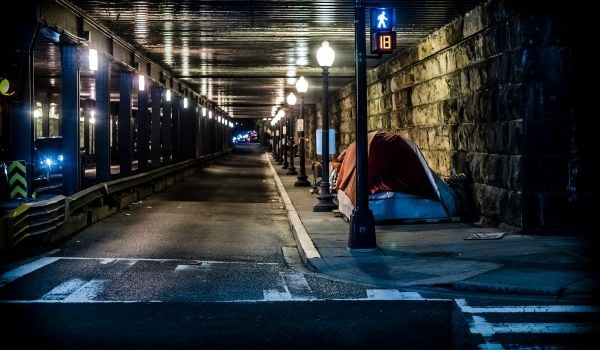
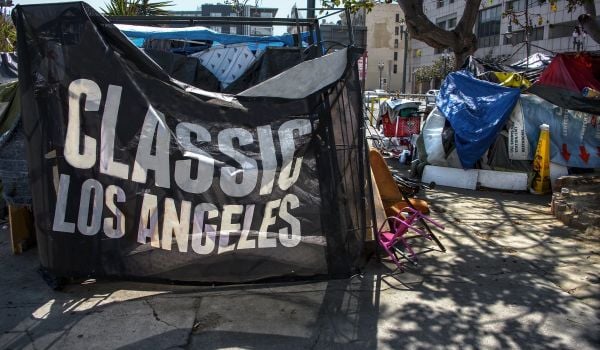
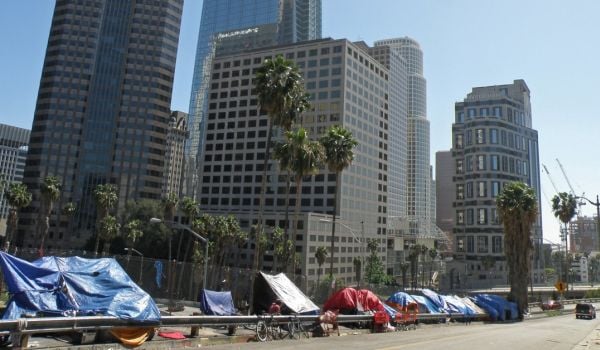
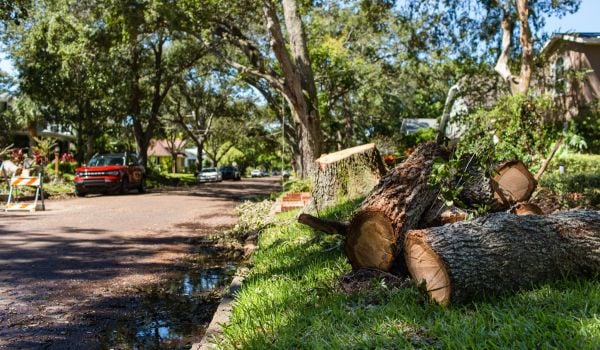
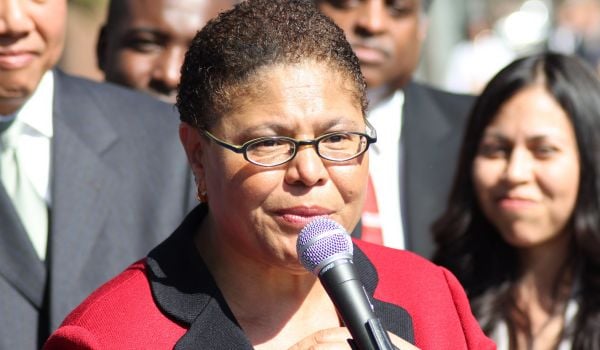
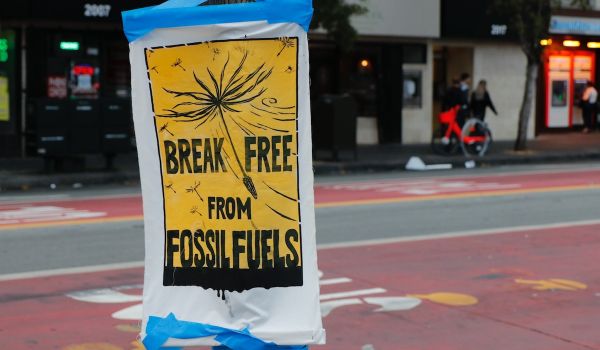

_600_350_80_s_c1.jpg)






